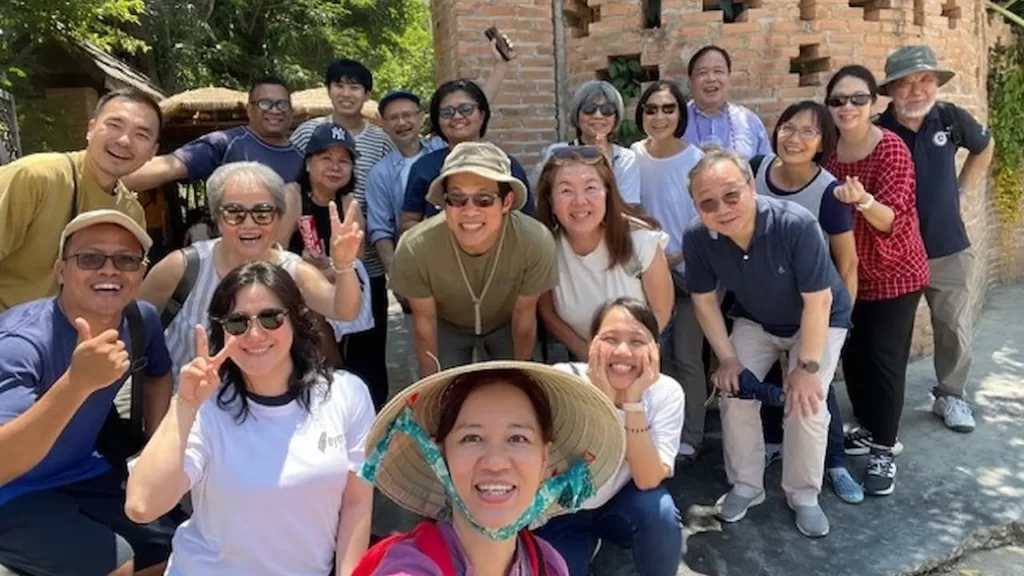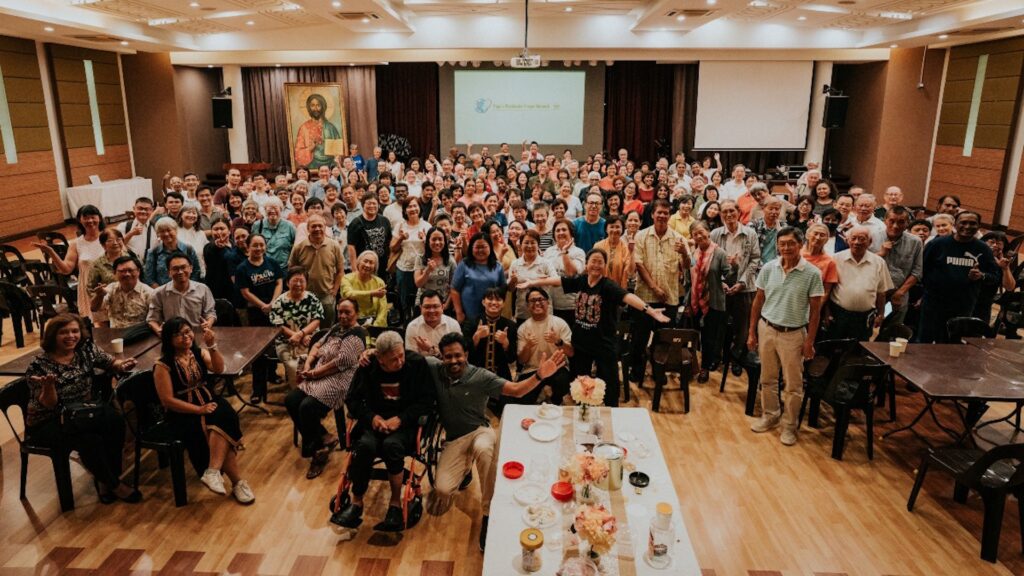Fr Jerry Martinson (CHN) reflects on the subtleties of learning and integrating into a different culture as a Catholic television program producer. Read more. . .
Sowing Seeds of Faith on Television
Share this article
More News

A liberating experience of the heart
This year marks the 180th anniversary of The Pope’s Worldwide Prayer Network (PWPN, formerly the Apostleship of Prayer), which operates directly under the Pope. At...read more

A reinvigorating gathering for PWPN coordinators
The Pope’s Worldwide Prayer Network (PWPN) Asia Pacific held its continental meeting from 5 to 9 May in Chiang Mai, Thailand, bringing together delegates from...read more

Myanmar is at war and needs emergency support
Jesuit Mission Australia is urgently appealing for more support for families in Myanmar who continue to be crippled by war and natural disasters. Since war...read more

Forming future Jesuit communicators
Jesuit Communications (JesCom) Philippines successfully conducted a comprehensive media production course for Jesuit scholastics in their First Studies (Juniors) at the Loyola House of Studies....read more

SFX Church provides youth with immersive Passion encounter
The combined youth ministries of the Church of St Francis Xavier (SFX) in Petaling Jaya, Malaysia hosted an overnight Lenten vigil on 11 and 12...read more

Strengthening the network rooted in the heart of Jesus
Fr Cristóbal Fones SJ, the International Director of the Pope’s Worldwide Prayer Network (PWPN), recently made his apostolic visit to Asia Pacific. From 17 to...read more
